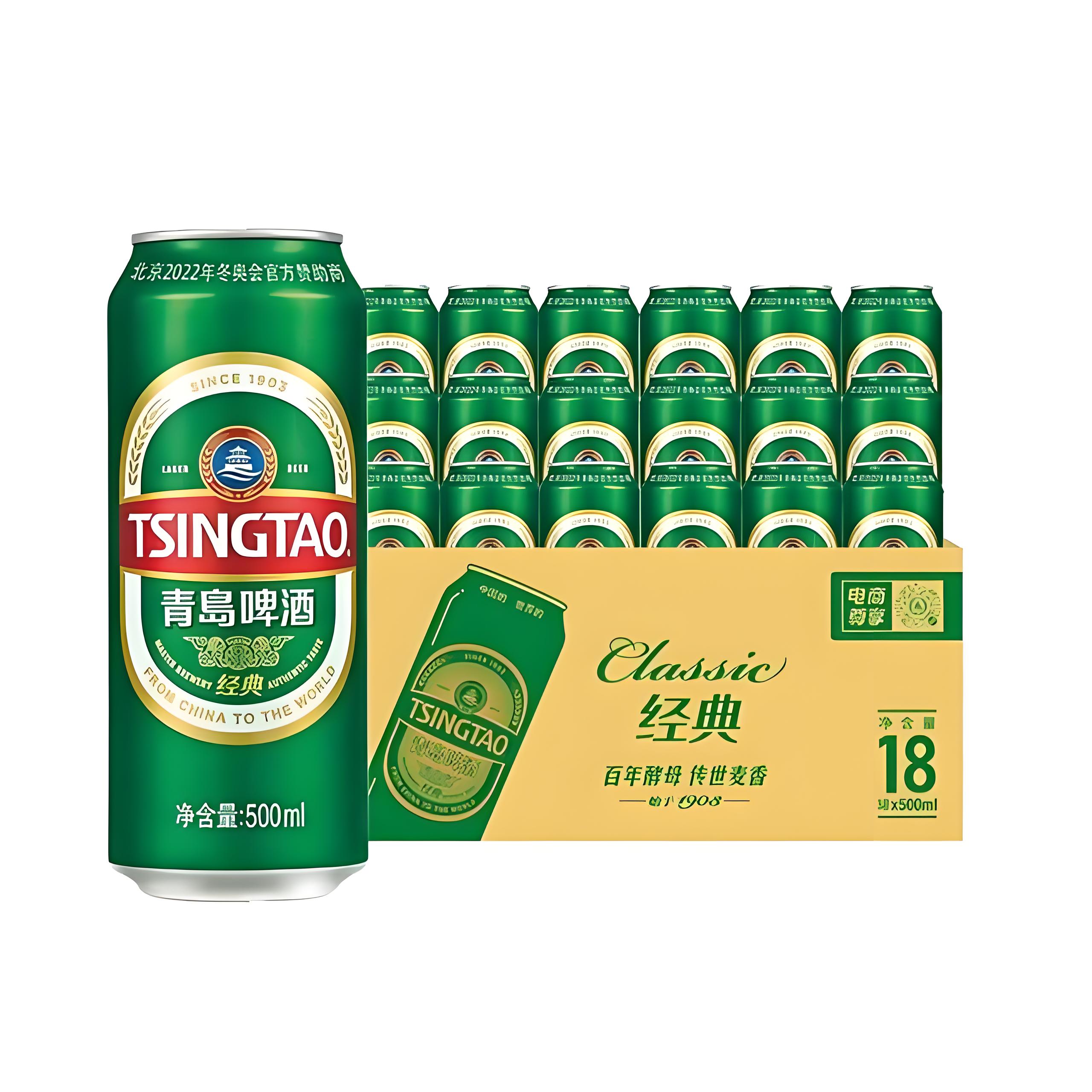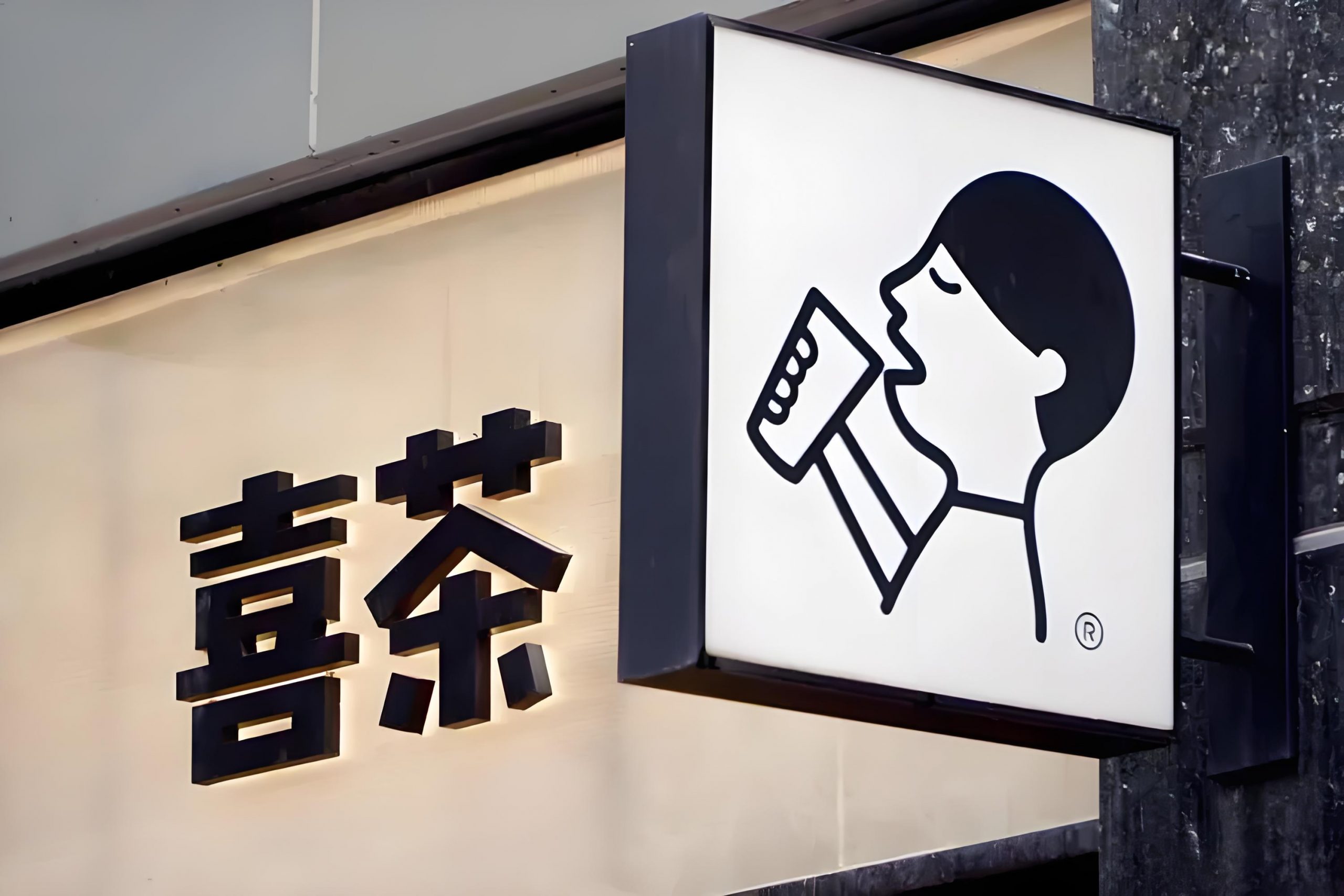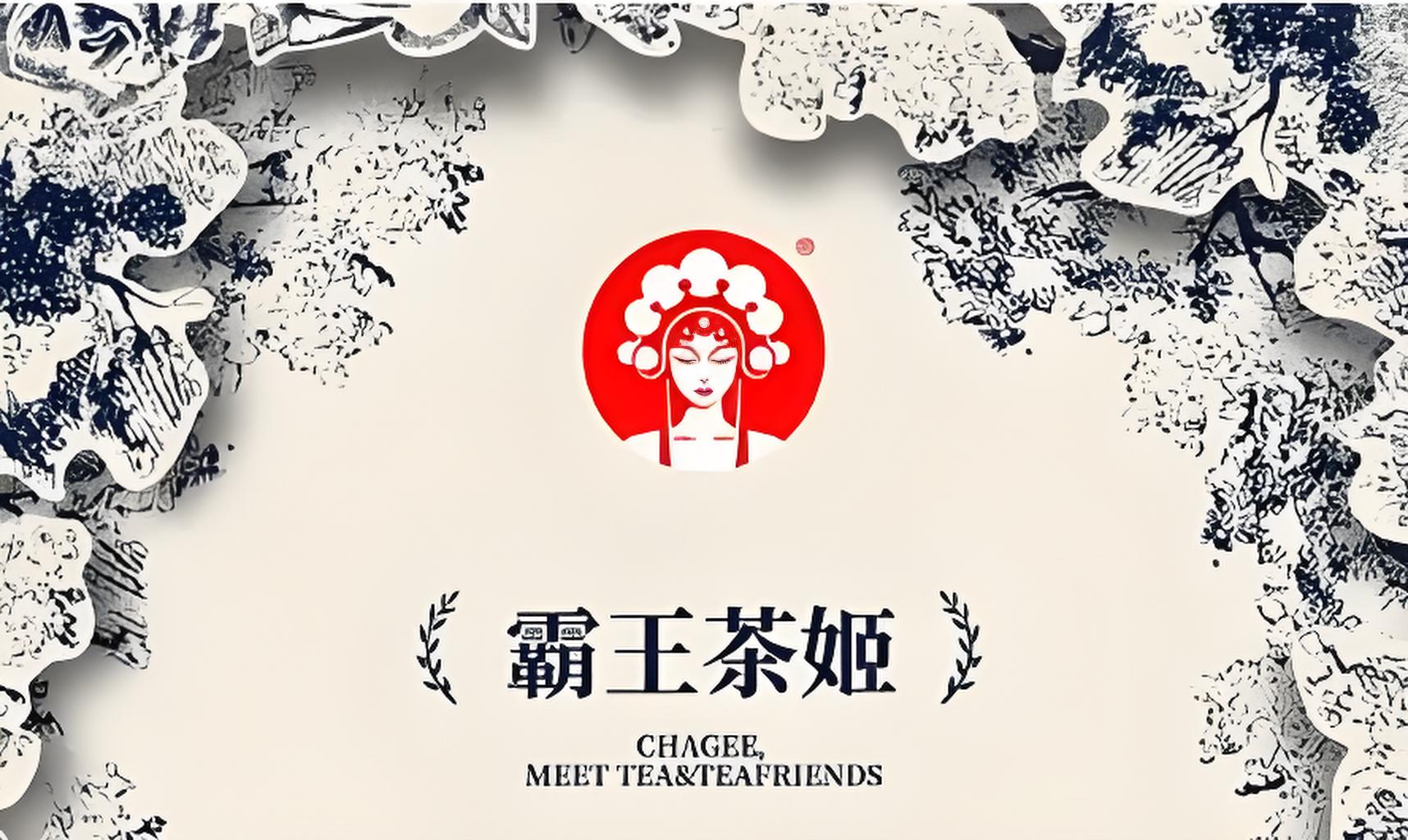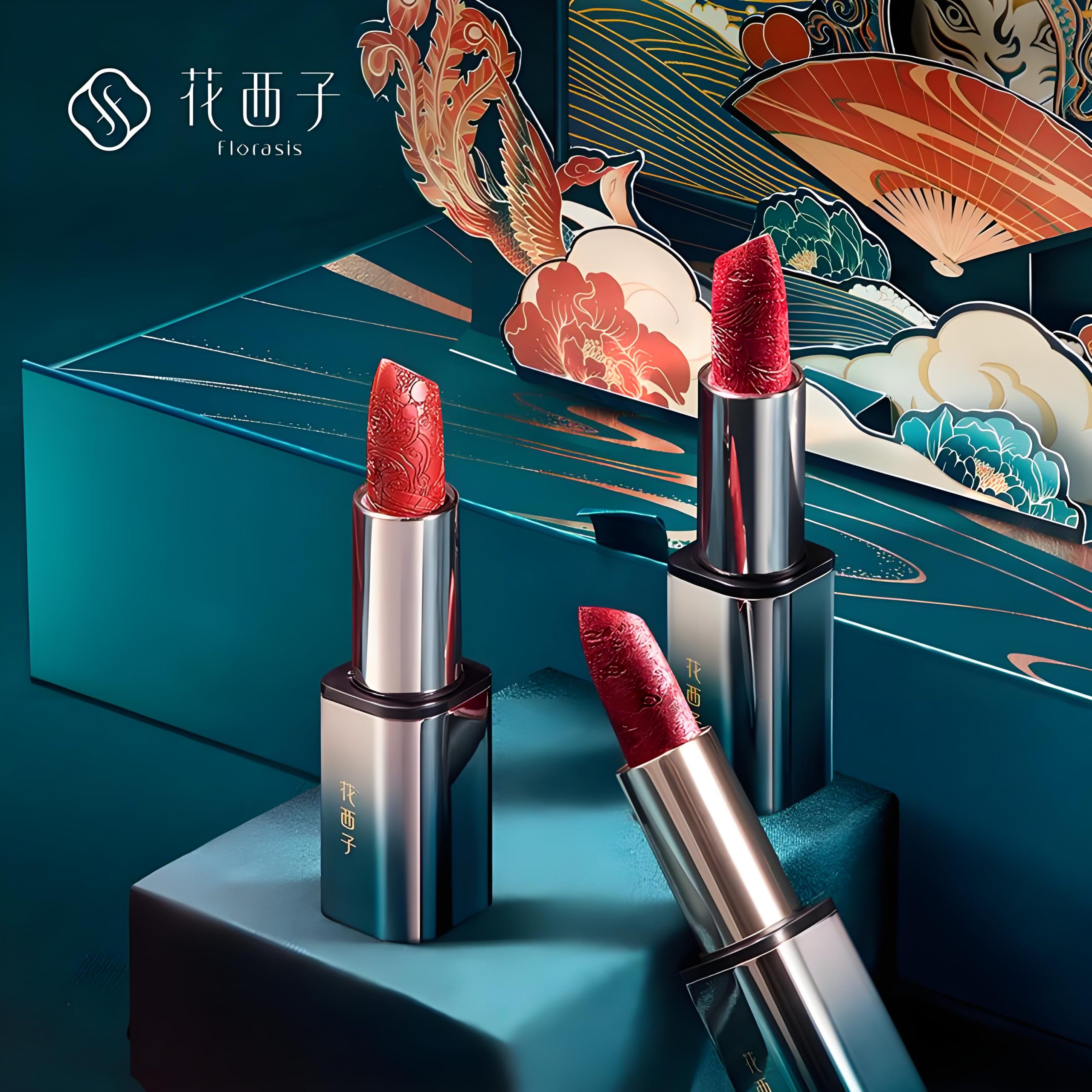As a market strategy expert, I believe Anker, a leading Chinese brand expanding overseas, deserves in-depth exploration for its success on Amazon and exemplary performance on independent sites. Faced with the pressure of traffic support from Amazon’s proprietary products, Anker has a few core strategies to maintain a lead in the market competition.
Firstly, Anker has strengthened its brand building. By continuously investing resources in providing high-quality products and services, Anker has not only consolidated consumer trust and loyalty but also enhanced its brand influence. Secondly, Anker focuses on product differentiation. They constantly innovate, launching products with unique functions and designs, thereby maintaining an advantage in the competition with Amazon’s proprietary products.
Anker also improves product visibility and conversion rate by optimizing product listings, utilizing social media and online marketing, and even participating in Amazon’s advertising programs. By joining Amazon’s “Our Brands” project, they not only enjoy exclusive traffic entrance and brand protection resources but also employ marketing and traffic tools provided by Amazon to increase exposure, which enhances their market position to a certain extent.
Moreover, Anker uses data analysis to understand consumer behavior and market trends, enabling them to adjust marketing strategies and product development direction according to market conditions. They also place high importance on customer service, aiming to improve customer satisfaction and repurchase rate by providing quality service.
In addition, Anker sells on other cross-border e-commerce platforms like eBay and AliExpress, which helps them diversify risks and expand market coverage. This diversified market strategy enables Anker to maintain competitiveness on Amazon, effectively safeguarding and expanding their market share.
However, Anker’s success is not limited to Amazon. Their performance on DTC (Direct-to-Consumer) independent sites is equally impressive. Operating on an independent site allows Anker to better control their brand image and consumer experience, enhancing brand awareness and loyalty. Similarly, independent sites enable Anker to cover a more extensive market, reducing reliance on a single platform like Amazon, thereby diversifying risks.
Anker’s independent site focuses on selling high-value and technically complex products, such as portable energy storage and 3D printing products. These products perform well on the independent site, bringing significant traffic and revenue growth. Furthermore, the independent site provides Anker a platform for direct interaction with consumers, aiding in feedback collection, market research, and product iterations. They can execute more flexible marketing strategies on the independent site, such as email marketing, social media promotion, and SEO, to improve brand visibility.
Anker’s success on the DTC independent site underscores the importance of such sites for brand growth and market expansion. Through the independent site, Anker can more effectively control brand development, enhance market competitiveness, and achieve long-term brand value enhancement. All in all, Anker’s series of strategies undoubtedly serve as a valuable reference for Chinese brands competing in the global market.










